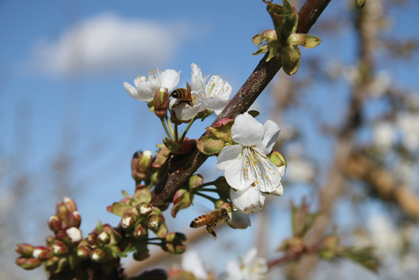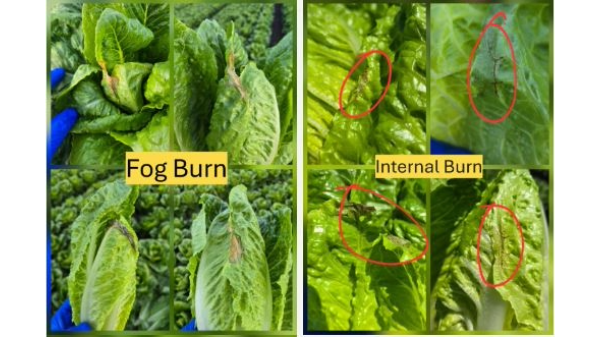Welcome to Blue Book!
Are you ready to join the thousands of companies who rely on Blue Book to drive smarter decisions? View our plans and get started today!
Still have questions? We’d love to show you what Blue Book can do for you. Drop us a line– we’ve been waiting for you.

The trees are ready in Oregon and Washington starting in June, so workers move North with the crop. Dick Reiman, president of River City Produce Sales in Sacramento, CA says, “If the California harvest is late and Washington is early, the overlap affects the availability of labor. On the flip side, if California is early and the Northwest late, there’ll be a gap in the supply for retail.”
Maurice Cameron of Flavor Tree Fruit Company, located in Hanford, CA agrees with Reiman’s assessment. “You have issues with labor depending on the location of orchards and the timing of competing crops.” He did, however, find labor was more readily available in 2013 than in 2012.
“Labor continues to be one of our biggest challenges,” says Suzanne Wolter of Rainier Fruit Company in Selah, WA. To help alleviate the scarcity, she says many “Washington growers turned to the H2A program to supplement the shortage of domestic labor.”
Washington
According to the Washington State Fruit Commission, the Evergreen State grows about 80 percent of Northwest sweet cherries. Top varieties include Chelan, Tieton, Bing, Rainier, Lambert, Lapin, Skeema, and Sweetheart. Frost during a critical period in the 2013 growing season reduced the state’s crop to 141,500 tons from 182,700 in 2012.
To offset weather woes, Wohlford at Oneonta Trading says, “Northwest growers have increased acreage in recent years. Those additional acres are at different elevations to take advantage of micro-climates to diversify the crop. If one area is adversely affected by weather, hopefully the grower has other orchards that aren’t affected as badly.”
Craig Campbell, of CDS Distributing, Inc., has orchards in the upper Yakima Valley, and says there can be a downside to increased volume. “More acres of cherries have been planted in the last five years resulting in bigger crops; the challenge is selling all that production.” Luckily, advances in technology such as optical scanners and computerized sorting are not only helping reduce costs and speed up the process, but get better quality fruit to retailers.
Timing is also critical for most grower-shippers. Wolter at Rainier Fruit finds “late July and August sales becoming increasingly important” while Campbell sees the season lengthening with new varieties like the Coral Champagne in California. “In the Northwest, earlier and later season cherries are extending the market.”








